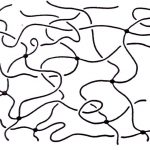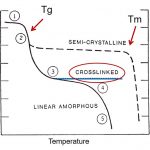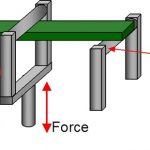Polymer Composites Part 2: Introduction to Polymer Resins
As was discussed in the first post, composites span a wide range of performance and cost. In this post, we will provide an introduction to polymers used in a wide variety of composites. In the first part of this series, the focus will be on composites utilizing thermosetting resins. Why thermosetting polymers are used in composites? High molecular weight ... [Click to Continue...]
Polymer Composites Part One: Introduction
Today we will start a new series on polymer composites. There are many types of composites including polymer composites, metal matrix composites and ceramic composites. The focus of this series will be on composites made using polymeric resins. Polymer composites are ubiquitous. Many of us don’t realize the many applications of composite materials from aerospace, sporting ... [Click to Continue...]
Practical Tips for Curing Thermosets Part Nine: Comparing the Glass Transition Temperatures Measured Using Various Methods
In the previous several posts three methods were discussed to measure the glass transition temperature: Differential Scanning Calorimetry (DSC) Thermomechancial Analysis (TMA) Dynamic Mechanical Analysis (DMA) To compare the glass transition temperatures obtained using the three methods above, Tg data from an epoxy-amine system cured for 6 hours at 80oC is ... [Click to Continue...]
Practical Tips for Curing Thermosets Part Eight: The Glass Transition Temperature Measured Using DMA
Dynamic Mechanical Analysis (DMA) is a powerful technique to measure the mechanical properties over a wide temperature range. Commercially available DMA equipment are available with cooling units to enable temperature ramps from sub ambient temperatures to high temperatures. From DMA measurements the modulus as a function of temperature is determined. From the DMA run, both ... [Click to Continue...]




